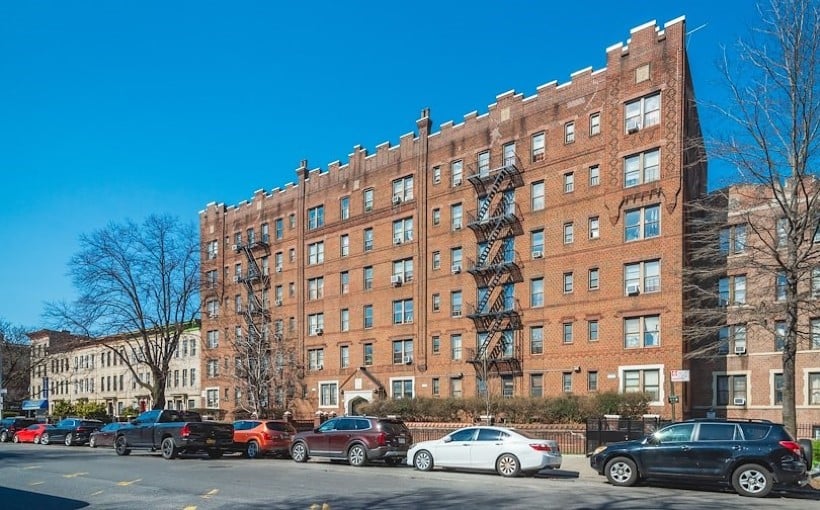Pictured: The iconic arch over Pike Street at the Seattle Convention Center.
Convention centers used to be large, impersonal structures with limited amenities and connections to their surrounding areas. However, in recent years, there has been a shift towards more modern and integrated designs that cater to larger trade shows and events.
An article from Urban Land Magazine titled “Convention Centers Integrate with the Urban Realm to Stay Competitive” explores this trend and how it has impacted convention center layouts. Additionally, data from the Center for Exhibition Industry Research (CEIR) shows that while there was a slight slowdown in Q2 of 2024 due to the pandemic, many events have surpassed their pre-pandemic performance levels.
As we look towards economic recovery post-pandemic, CEIR’s President of Tourism Economics Adam Sacks predicts moderate growth for the exhibition sector thanks in part to increased business investment. This positive outlook is reflected in changes being made by convention centers across cities like Seattle where they are expanding event space through new construction projects connected via transit tunnels or co-development opportunities with nearby office buildings or hotels.
Other cities such as Cincinnati are also modernizing aging convention centers while adding public spaces like Elm Street Plaza which offers two acres of outdoor event space. In Denver, CO a major expansion project completed late last year added additional meeting space as well as an outdoor rooftop terrace perfect for networking events. These changes reflect not only an effort by cities to stay competitive but also recognition that attendees want more than just big halls – they want unique experiences tied into local culture when attending conventions.




